Harnessing the power of a polycrystalline diamond (PCD) edge, a PCD milling cutter is capable of producing intricate and precision cuts across a range of materials, including metals, plastics, and composites. Typically featuring a body with the aforementioned cutting implements fixed by brazing, such cutters are seen in multiple industries to fabricate molds and dies to extremely exacting measurements.
PCD milling cutters boast a wealth of benefits when compared to cutting tools made from other materials. Using this type of cutting tool is an excellent way to machine challenging materials as the PCD material is remarkably hard and resilient to wear. Furthermore, these milling cutters are perfectly capable of working at high speeds without producing damage to the workpiece- something that is not possible with other cutting tools.
Despite their high-end capabilities, PCD milling cutters come with a few drawbacks, one being the extra expenses they entail. Furthermore, if they are used improperly, these tools can be less forgiving when compared to other types of cutting equipment. If anyone is not careful with its use, there is a chance that either the workpiece or the cutter itself may be irreversibly ruined.
Before settling on the appropriate PCD milling cutter, it is imperative to assess the task at hand and guarantee that the choice has the necessary robustness and accuracy. Additionally, making certain that the instrument is of adequate size is critical – too tiny would mean a low level of precision, while too large may lead to pitting or gouging of the material.
Whenever machining operations require precision, PCD milling cutters come in handy. Such specialized cutters are specially designed to offer a number of advantageous options, though their effectiveness depends on the right selection and proper handling in order to avoid any harm caused to the material being worked on or the tool itself.
Related Product
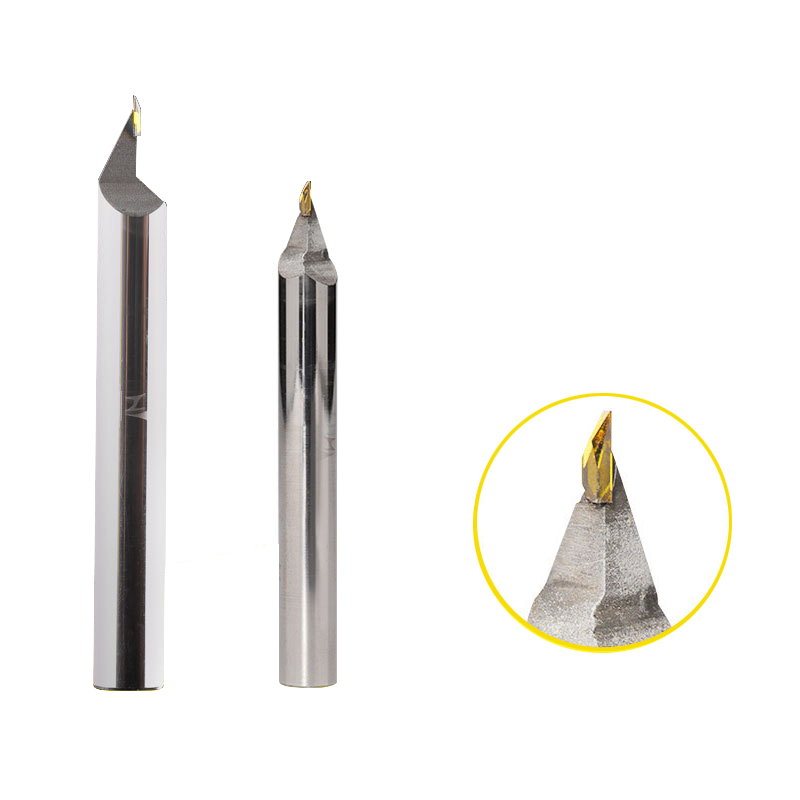
CVD/PVD/MCD Gold Jewelry Diamond Engraving Cutter
Parameter Product Name Single Crystal Diamond Carving Cutter Rotating Speed 10000-30000r/min Tool Nose Width 0.1-6.0mm Feed 1500-5000mm/min Blade Material Single Crystal Dia […]
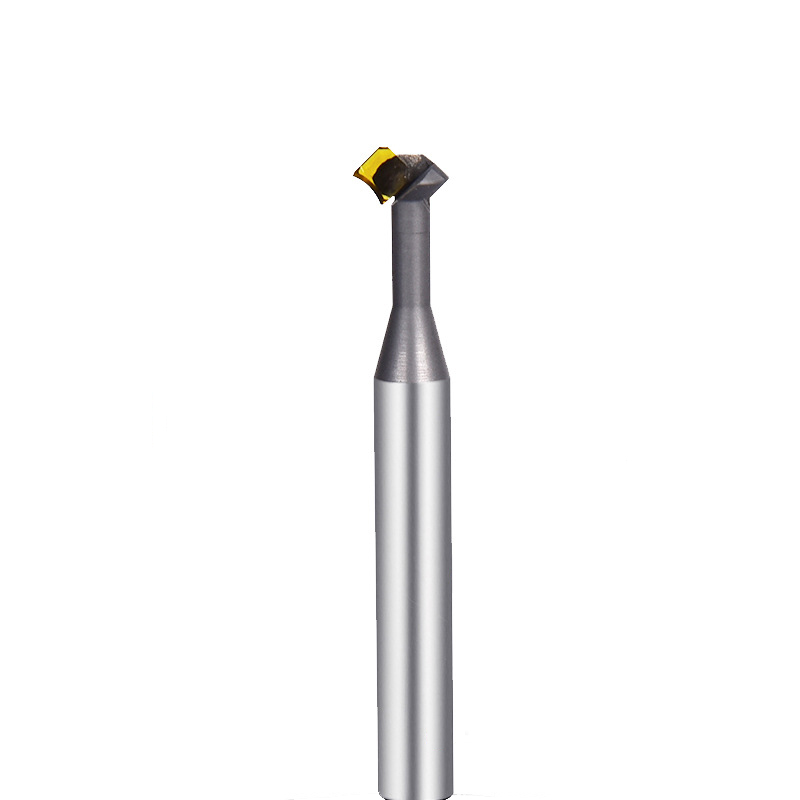
MCD Turning Tool Mirrow Finish R Cutter
Product Information Product Name Single Crystal Diamond Lower Chamfering Inner R Cutter Brand MSK Handle Material Tungsten Steel Blade Material Customized Pcd, Single Crysta […]
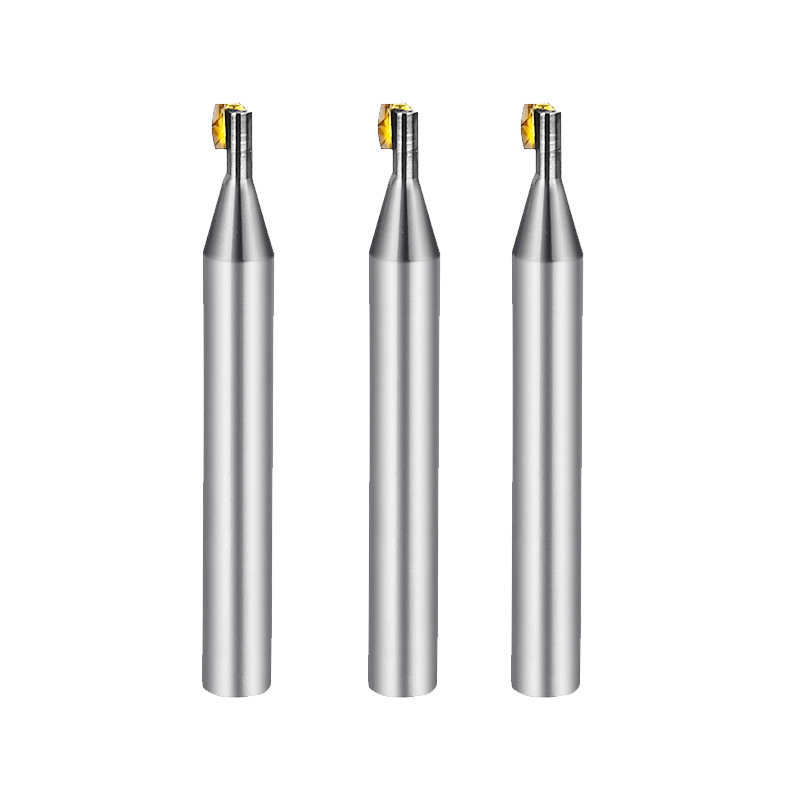
Diamond Turning Tools Outer Jewelry R Cutter
Product Information Origin Tianjing, China Material Tungsten Steel Brand Msk Type Half Round Key Milling Cutter Product Name Single Crystal Diamond Side Edge Arc Milling Cut […]
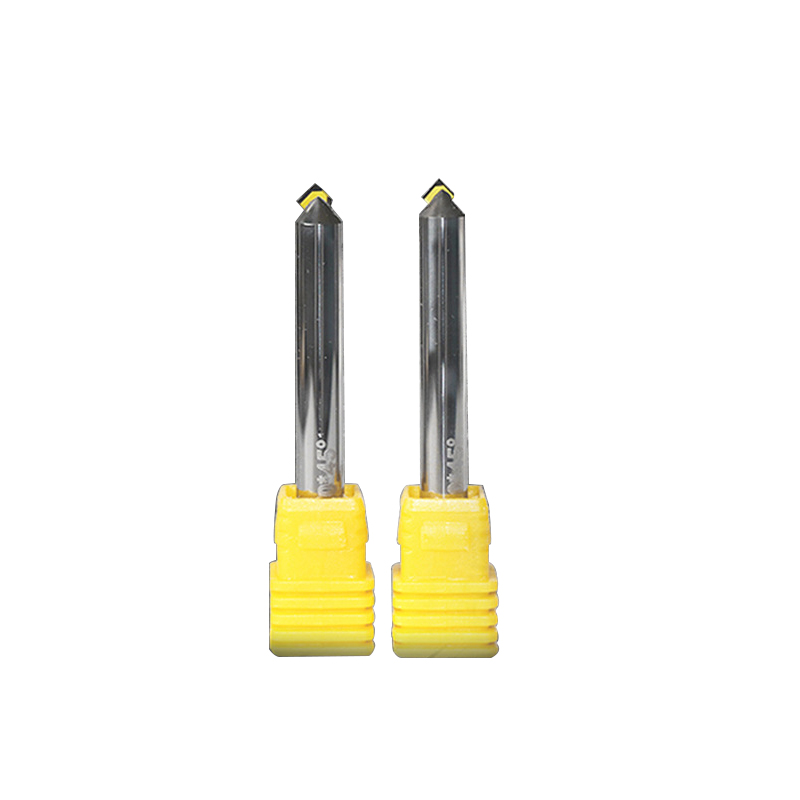
MCD Polishing Cutter for Gold Silver
Product Information Origin Tianjing, China Whether To Coat Uncoated Brand MSK Unit Weight 0.3kg Tool material Tungsten steel bar imported from Germany Product Size Shank Dia […]
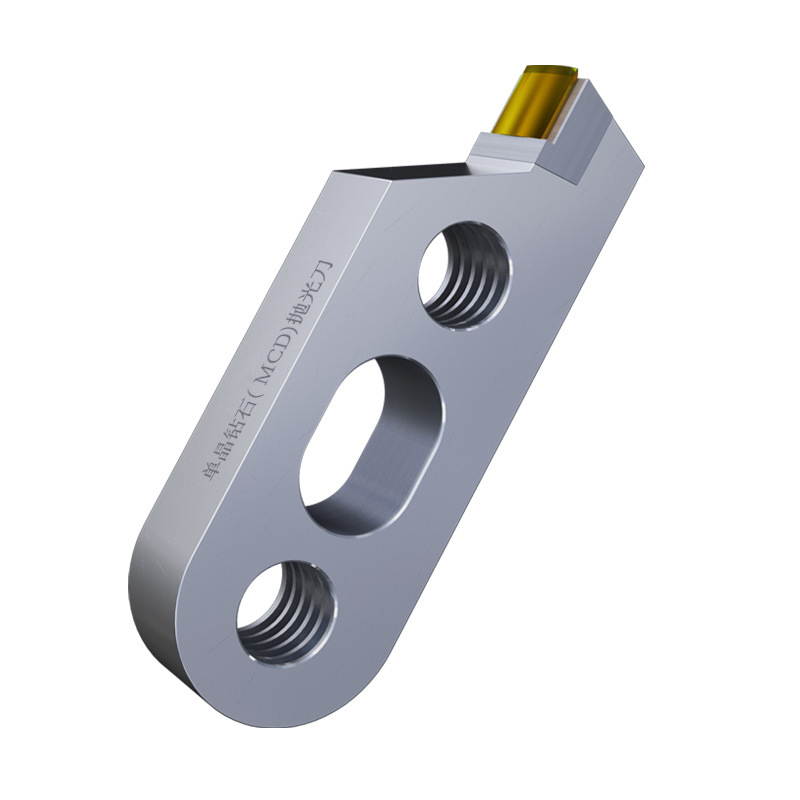
Single Crystal Diamond Polishing Cutter
Origin Tianjing, China Shank Diameter 6 (mm) Brand MSK Blade Change Method The Diamond Is Welded To The Cutter Body As A Whole Material Single Crystal Diamond (MCD) Scope Of […]
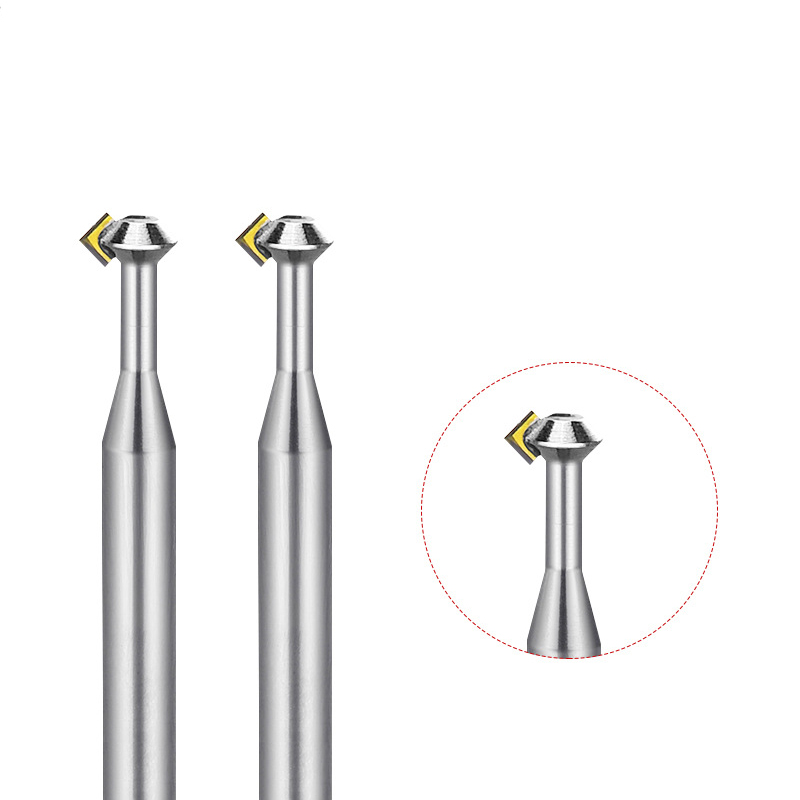
MCD High Gloss Chamfer Cutter For Gold
Product Information Origin Tianjing, China Type Flat Milling Cutter Brand Msk Whether To Coat Uncoated Series Cutter Milling Cutter Processing Range Clocks And Watches, Copp […]
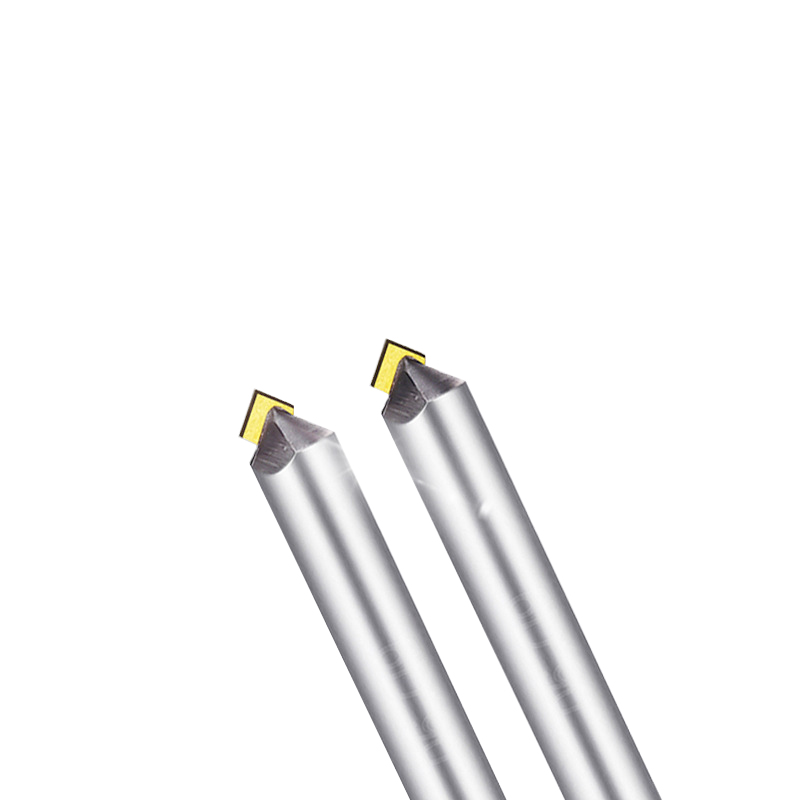
Lathe Bits MCD High Gloss Chamfer Tool
Product Information Origin Tianjing, China Cutting Edge Form Straight Edge Brand MSK Material Single Crystal Diamond Chamfer Angle 30°-180° Type Angle Milling Cutter Minimum […]
Post time: 2023-06-11




